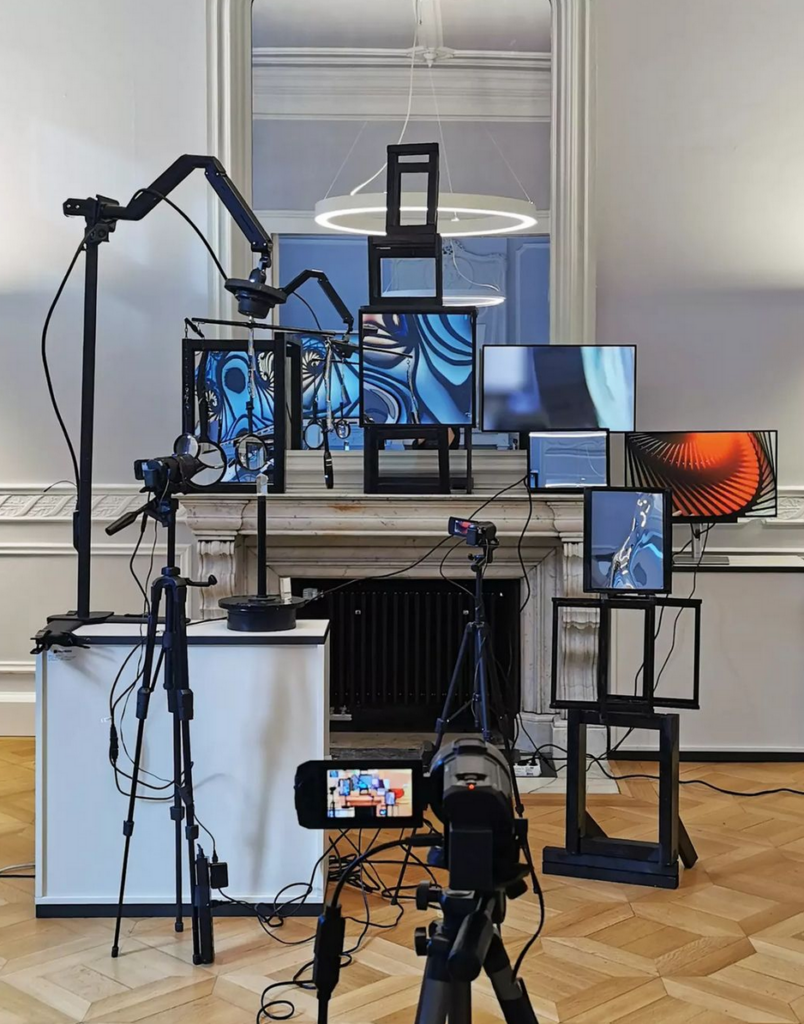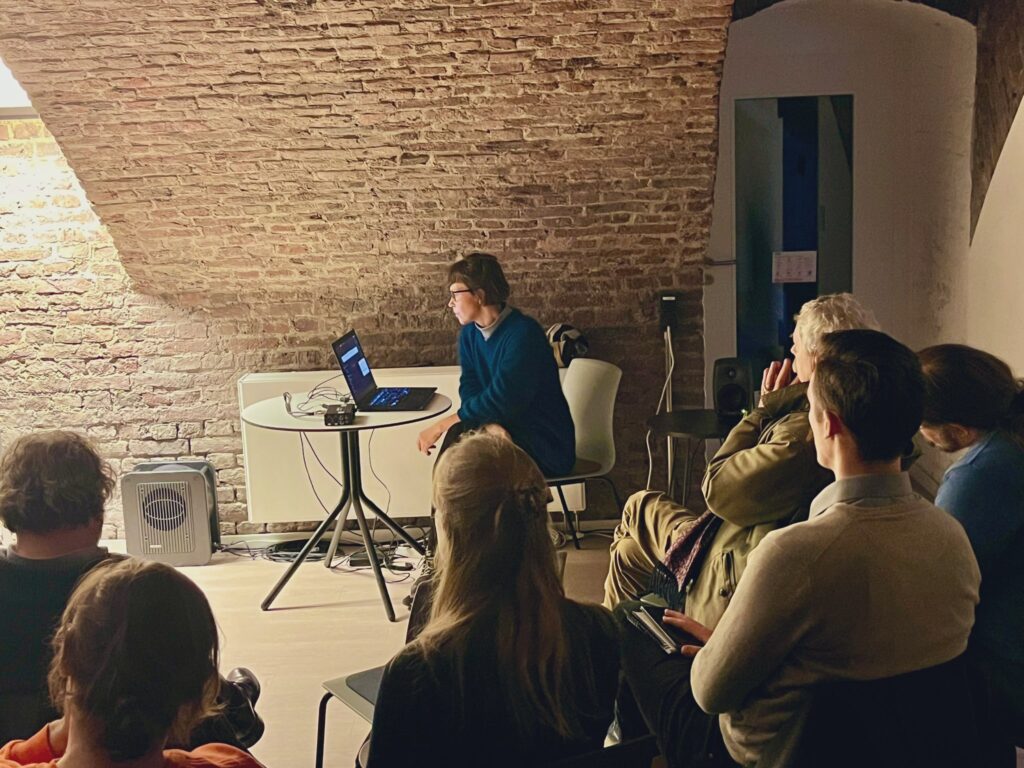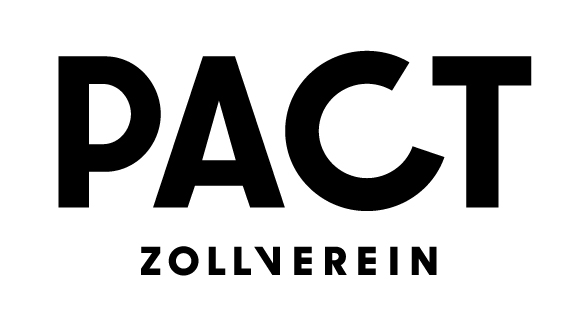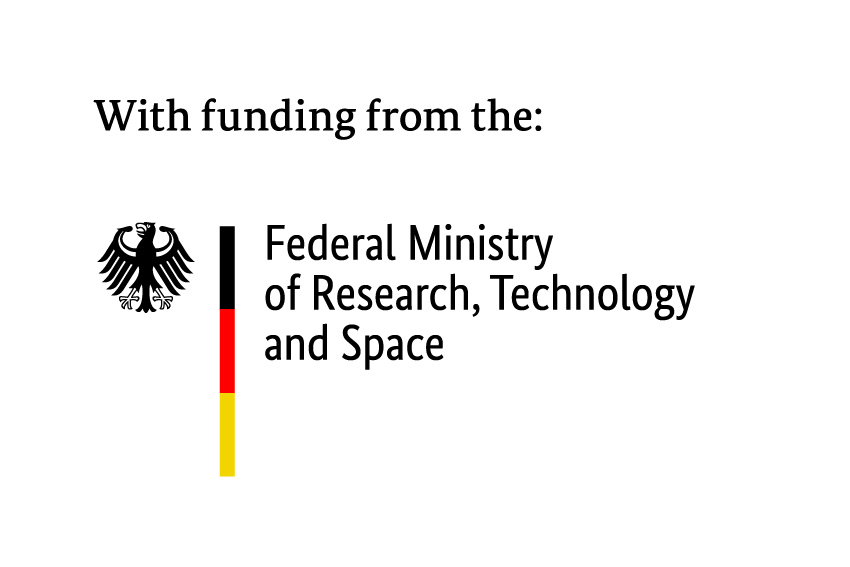
How can art, science, and technology collaborate to help us understand the complexities of our digital present and future? Over the past few decades, the cultures of computational science and scientific computing have reshaped these collaborations. Artists now use computational methods not only to explore science and technology, but also to co-create platforms, knowledge, software and models. At c:o/re, we explore artistic methods as valuable research methodologies in their own right. We investigate the boundaries between the expectations and practices of science, such as experimentation and knowledge production, and those of the arts, such as aesthetic value, intuition, and visualization. As these boundaries are crossed, the possibility arises for collective reflection on the knowledge generated by digital cultures and the effect of the digitalization of science on these societies.

Fields such as artistic research have already explored the boundaries of art and research by establishing long-term relationships between artists and technological and natural phenomena and by acknowledging artists as producers of knowledge. Conversely, technologies such as models and visual databases have emphasized the aesthetic aspects of science and technology. At c:o/re, we explore artistic research methods, research aesthetics, and art as research.

c:o/re works closely with PACT Zollverein, an initiator, catalyst and venue for seminal developments in the fields of dance, performance, theater, media, and art at the interface of science, technology, and society. Currently, we are developing the new series “Hidden Futures” at PACT, which kicked off with the event “Work. Clicks And Crowds“.




